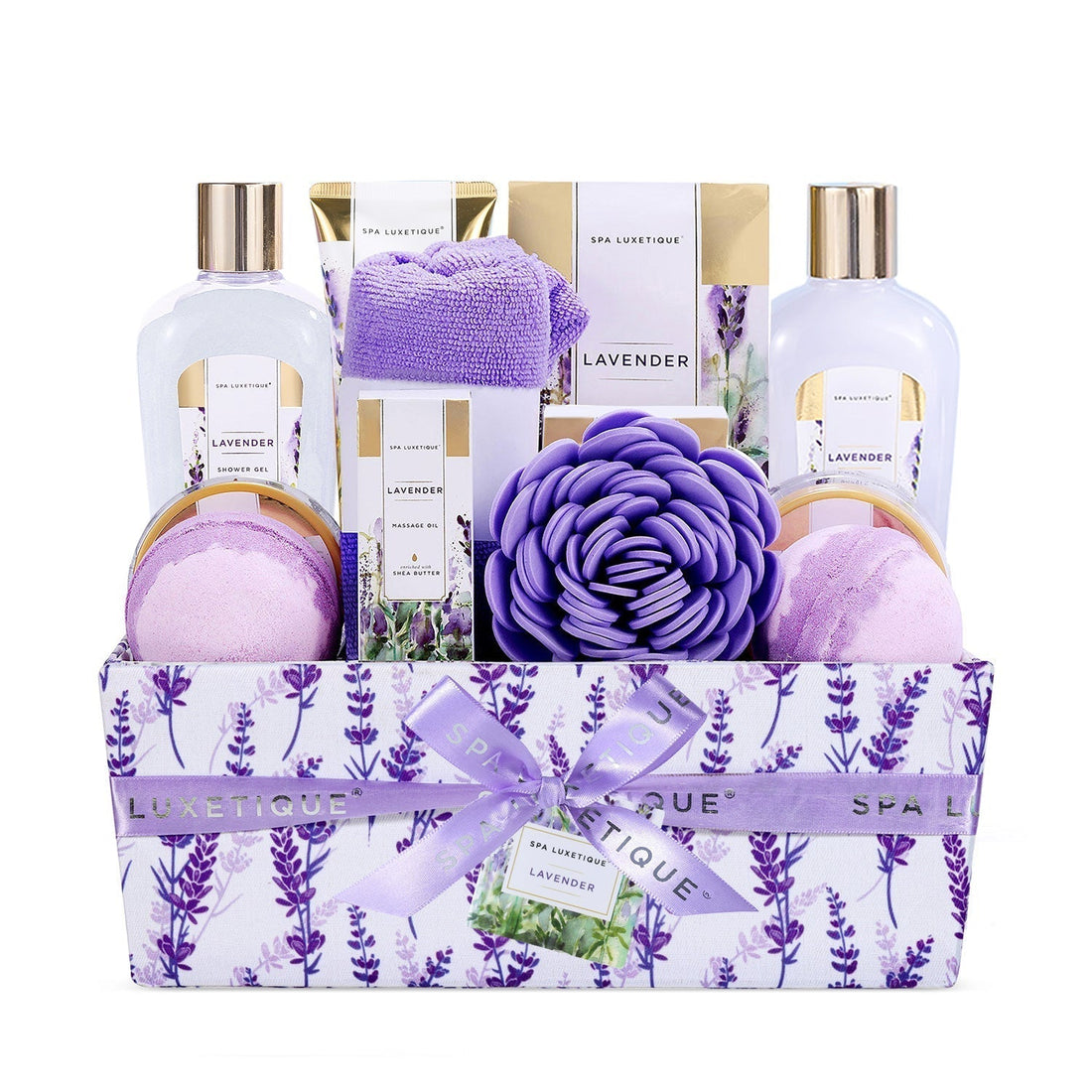Blue tansy essential oil has caused quite a rave, and almost everyone wants to know more and more about its benefits.
Recently, it has become a vital ingredient in skin care products and cosmetic production.
There's limited information provided on this essential oil, but let's take a broader look at everything we know about the blue tansy essential oil.
Introduction on Blue Tansy
Blue tansy, a tiny flower (Moroccan tansy), is a wildly harvested but scarce Mediterranean plant native to Morocco. Weird as it may sound, blue tansy plant is yellow, and its slender leaves are covered in beautiful white fur.
It gained popularity when thousands of people attested to its calming and healing properties. This led to it being harvested rampantly, but it's still on the list of most expensive essential oils even with that.
What is Blue Tansy Oil?

Wondering where this amazing essential oil gets its "blue color tag" from? Chamazulene is released during the distillation process of making blue tansy essential oil. When heated, the chamazulene turns deep blue, giving the oil a deep blue color. The level of chamazulene in the plants fluctuates in line with its growing season, usually between May to November.
Blue tansy oil, also called Tanacetum annuum, is a rare type of essential oil, and currently, more research is still ongoing to understand its full capabilities.
Blue tansy oil is nicknamed Moroccan chamomile because it comes from the chamomile family and exhibits similar properties.
One popular misconception about the botanical name of this essential oil is it being confused with Tanacetum vulgare. Tanacetum vulgare is the botanical name for common tansy and not blue tansy essential oil. For aromatherapy, you shouldn't use common tansy because it contains thujone. Thujone is a toxic enzyme and lethal when consumed.
What Color is Blue Tansy Oil?
Tanacetum annuum has a deep blue color due to the high level of the chemical compound "chamazulene."
What Does Blue Tansy Oil Smell Like?
Blue tansy essential oil isn't just appealing to the eyes; it has an amazing scent that's peculiar and rich. Blue tansy oil is usually classified as a floral oil due to its herbal fragrance. It has an herbaceous aroma and a subtle fruity scent.
Does Blue Tansy Oil Expire?
Once opened, if you don't store your blue tansy essential oil properly, there's a high chance of it being less effective over time. To enjoy the full benefits of your essential oil, you need to store it in a dark glass bottle to prevent it from UV radiation.
If handled properly, your blue tansy essential oil can last anywhere from 2-6years. Also, always ensure you close the bottle properly and store it in a place with stable temperature.
How is Blue Tansy Oil Extracted and Made?

Natural blue tansy oil is extracted using steam distillation process. The blue tansy flowers (yellow in color) are plucked and put in a still. When setting the temperature level of the still, you need to ensure the steam pressure is high, or you won't effectively extract the oil from the Tanacetum annuum.
After the distillation and extraction process, the essential oil takes on a blue color.
Main Constituents of Blue Tansy Oil
Yes, the chemical constituent "chamazulene" makes it blue, but it isn't the most abundant. One of the major constituents of the blue tansy essential oil is Sabinene (15.1%), which has high anti-inflammatory properties. It also constitutes camphor, and camphor induces proliferative in human primary dermal fibroblasts.
Other constituents include;
-
a-phellandrene (7.9%)
-
b-pinene (7.7%)
-
mycrene (6.9%)
-
chamazulene (6.0%)
-
p-cymene (5.5%)
What are the Health Benefits of Blue Tansy Oil?

Unlike most essential oils, natural blue tansy oil can be used by anyone and everyone. It contains antioxidants that are beneficial to everyone. It's a popular ingredient in beauty products because of its skin healing effects and usefulness in treating allergy symptoms and skin irritations.
In recent years, blue tansy oil has been commonly used to relieve stress and calm the soul.
Other blue tansy essential oil benefits include;
Calming Effects
Aromatherapy practitioners are convinced that blue tansy essential oil is a positivity oil that can help enhance relaxation. The sweet aroma of blue tansy essential oil begs us to relax and let go of our worries. Its scent has a soothing and calming effect when inhaled directly. You can put one or two drops into your essential oil diffusers and allow it to envelop your space while you gradually inhale the aroma.
Blue tansy blends well with clary sage and lavender oil, and you can use this mix to create a blend that calms your soul and dissipates your anger. When you want to unwind after a long day, it's important you inhale this amazing oil, as it can be helpful in clearing your head.
Anti-inflammatory Effects
Blue tansy oil constitutes two components that make it great in treating inflammation. There's enough research to show that camphor and Sabinene are effective anti-inflammatory agents, and they help decrease swelling, discomfort, redness and, of course, reduce inflammation.
Skin-healing Properties
You can use blue tansy oil to treat parched skin. Add a few drops to an unscented lotion to serve as a moisturizer for extra hydration. You can also arrange for a steam face-off session using blue tansy oil. Allow the steaming water to penetrate your pores, and the infused steam will help treat blemishes and dark spots.
You can add several drops of this oil to your facial night cream and wake up with a glowing and smooth appearance.
Also, Tanacetum annuum can prevent wound inflammation and skin burns.
In radiation treatments, radiologists use spritzer bottles (water and blue tansy oil) to spritz skin burns, as this would help reduce inflammation.
Good for Skin Conditions Like Dermatitis, Eczema, Psoriasis, and Acne
Blue tansy oil is good for treating damaged skin, irritated skin, and other skin conditions. It's a popular ingredient in acne creams because it seems to treat skin breakouts and reduce eczema. You can mix pure blue tansy essential oil with jojoba oil, coconut oil, or any carrier oil of your choice; put the mixture in a spray bottle, and apply topically on your face.
Antihistamine Properties
In clinical aromatherapy, blue tansy oil is used to reduce nasal congestion. You can indulge in a DIY essential oil therapy that would help provide relief. Place two drops of this essential oil in a diffuser or put a few drops into very hot water and inhale for about two minutes. This mixture should help in treating cold and other respiratory issues.
Ease Asthma Symptoms
Tanacetum annuum is used as an antihistamine in traditional Chinese medical concepts to prevent and control an asthma episode.
Blue tansy oil is a natural source of theophylline, which explains its effectiveness in calming one's breathing during asthma attacks. Inhaling blue tansy oil can relieve asthma episodes, but you shouldn't ingest it.
Anti-allergen
Same with most popular essential oils, blue tansy oil has anti-allergic properties that work well to tame allergy reactions. Tanacetum annuum neutralizes the effects of histamines and inhibits further production. You can add blue tansy oil to your diffuser and keep inhaling until you get the intended results.
If you have children who have common allergy reactions, store Tanacetum annuum in aluminum spray bottles or glass bottles when going out to public spaces, and let them breathe in when a crisis arises.
Antibacterial and Antifungal
Like most essential oils, blue tansy oil shows significant antibacterial and antifungal properties. Science has shown that it kills bacteria, and when applied to scrapes and cuts, it acts as a disinfectant. However, before applying topically on wounds, dilute it with water (one drop of blue tansy oil to 8 ounces of water).
You can even use it as a cleanser to freshen the air surrounding you.
Relieve Muscular Aches
When mixed with fractionated coconut oil or vegetable oil, blue tansy essential effectively treat sprains and joint dislocation.
Ensure you always combine it with a carrier oil when applying directly to your body. You can blend it with other essential oils, including jojoba oil, peppermint oil, or lavender oil.
Sunburn
Blue tansy oil mixed inside your favorite body lotion might just be what you need in treating sunburn. What's more, it doesn't leave your skin sensitive and exposed to the sun.
Improve Mood
Aside from its aromatic scent, you can diffuse drops of blue tansy oil in your room to help ease anxiety and improve your mood. If you have trouble sleeping, and every consultation you have done with doctors isn't yielding positive results, it might be worth giving blue tansy oil a shot; after all, it's safe. When diffused right before your bedtime, Tanacetum annuum can help treat sleep apnea.
Repels Some Insects and Bugs
Blue tansy oil is safe and relaxing for humans but has a complex aroma that's repellent for pests and insects. It has a poisonous aroma that makes insects steer clear away from your home.
Soothes Irritation
Spritzing blue tansy essential oil mixture can provide soothing and refreshing relief to sensitive skin. Its moisturizing properties can help balance moisture on dry skin.
Moisturizes Skin
Blue tansy essential oil is a powerful product when used topically. It helps treat breakout-prone skin, leaving it fully moisturized. You can also opt for chamomile oil, as it has great moisturizing properties.
How to Use Blue Tansy Oil?

There are different applications of blue tansy oil, depending on the results you hope to achieve. Before using blue tansy oil internally, you need consent from your health care provider or be sure that statements from the brand's website suggest that it's 100% safe to do so.
With a Carrier Oil
As with any other essential oil, always use carrier oil before directly applying your skin. Blue tansy oil is a skin care essential because of its skin-rejuvenating effect.
Excellent carrier oils that can help your skin include jojoba oil and coconut oil.
Topical
Benefits of topical application of Tanacetum annuum include; treatment for parched skin, inflammation, and skin irritation. Mix a few drops of Tanacetum annuum into your favorite body lotion, and enjoy your aromatherapy session.
Can You Put Blue Tansy On Your Face?
Yes, blue tansy oil is a wellness oil but should never be applied directly to the face because it can irritate the skin. To get the full benefit of Tanacetum annuum, dilute it with a carrier oil so it doesn't cause a rash or other skin reactions.
In a diffuser
To boost your mood, you can put a few drops of blue tansy oil in a diffusing spray bottle and allow it to envelop your space. However, you need to be sure that you aren't on medications that might interfere with this oil.
In a spritzer
To make your anti-inflammatory spritzer using blue tansy oil, add about five drops of Tanacetum annuum to 6 ounces of water, and shake properly. You can use this formulated recipe to cure sunburns and reduce wound swelling.
It may be best to consult your health practitioner if you have asthma, as this mixture can trigger asthma episodes in some people.
-
Vanilla Fashion Bath Set Tote
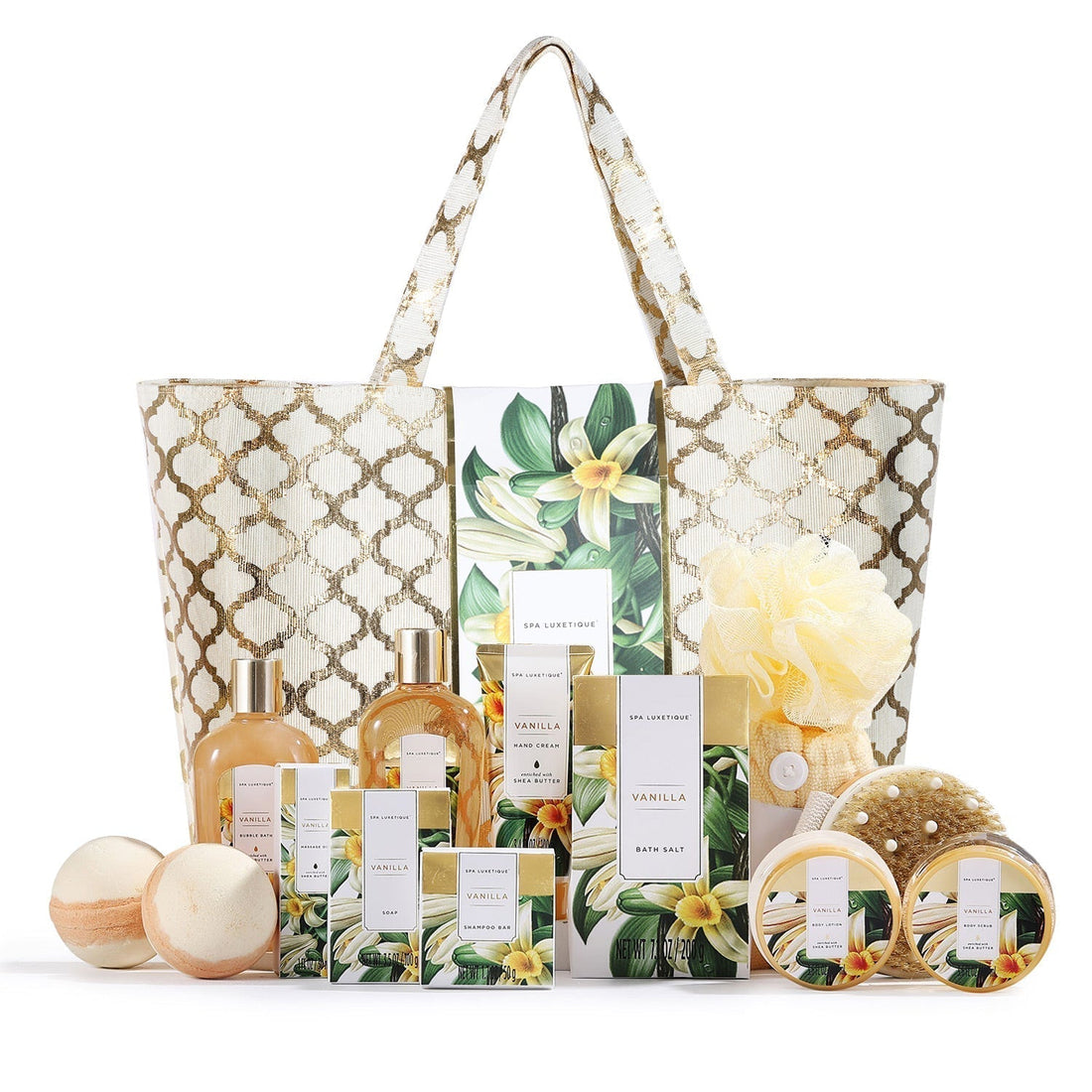 Vanilla Fashion Bath Set Tote
Vanilla Fashion Bath Set Tote- Regular price
-
$72.99 - Regular price
-
- Sale price
-
$72.99
-
White Jasmine Fashion Bath Set Tote
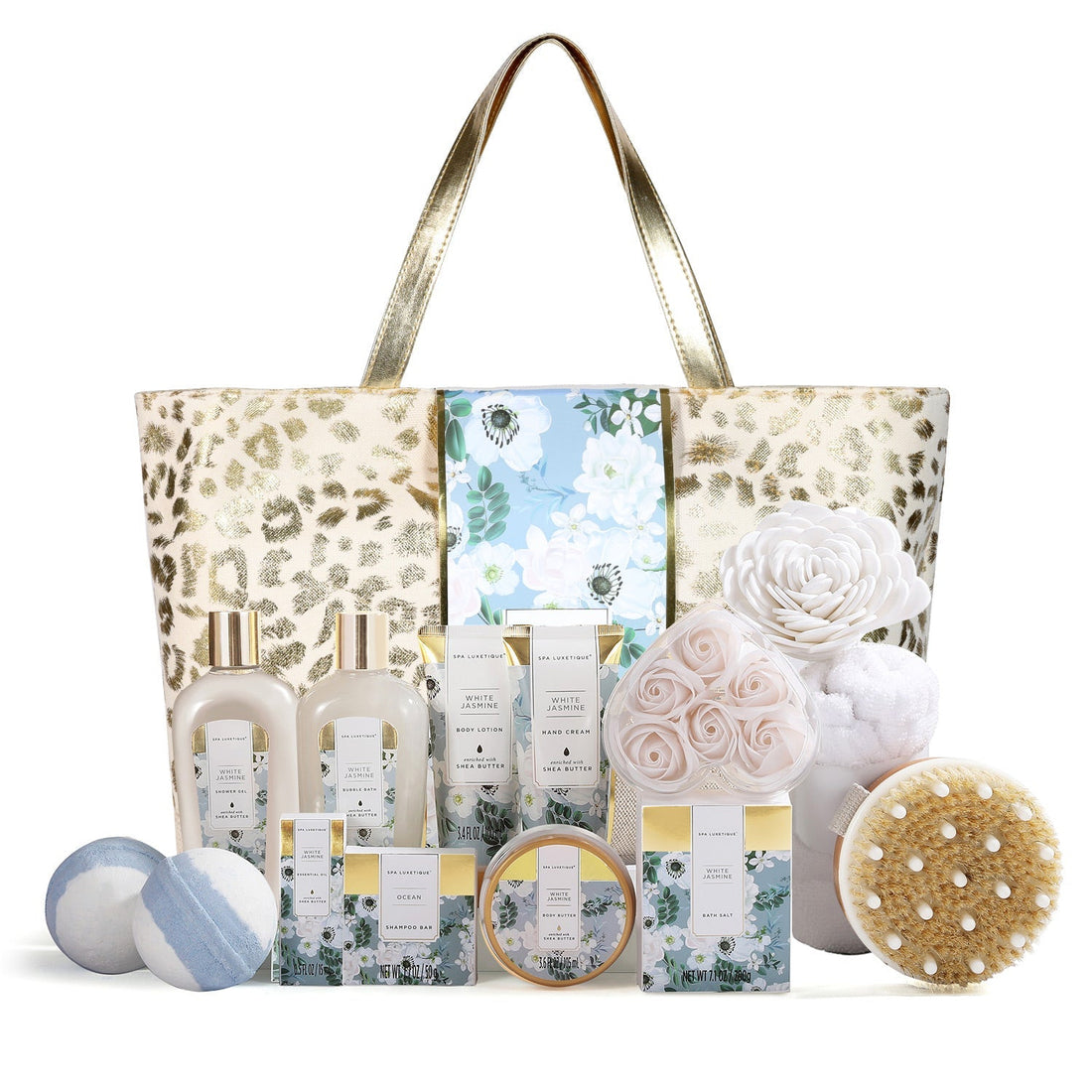 White Jasmine Fashion Bath Set Tote
White Jasmine Fashion Bath Set Tote- Regular price
-
$47.99 - Regular price
-
$72.99 - Sale price
-
$47.99
-
Lavender Spa Bathtub Set
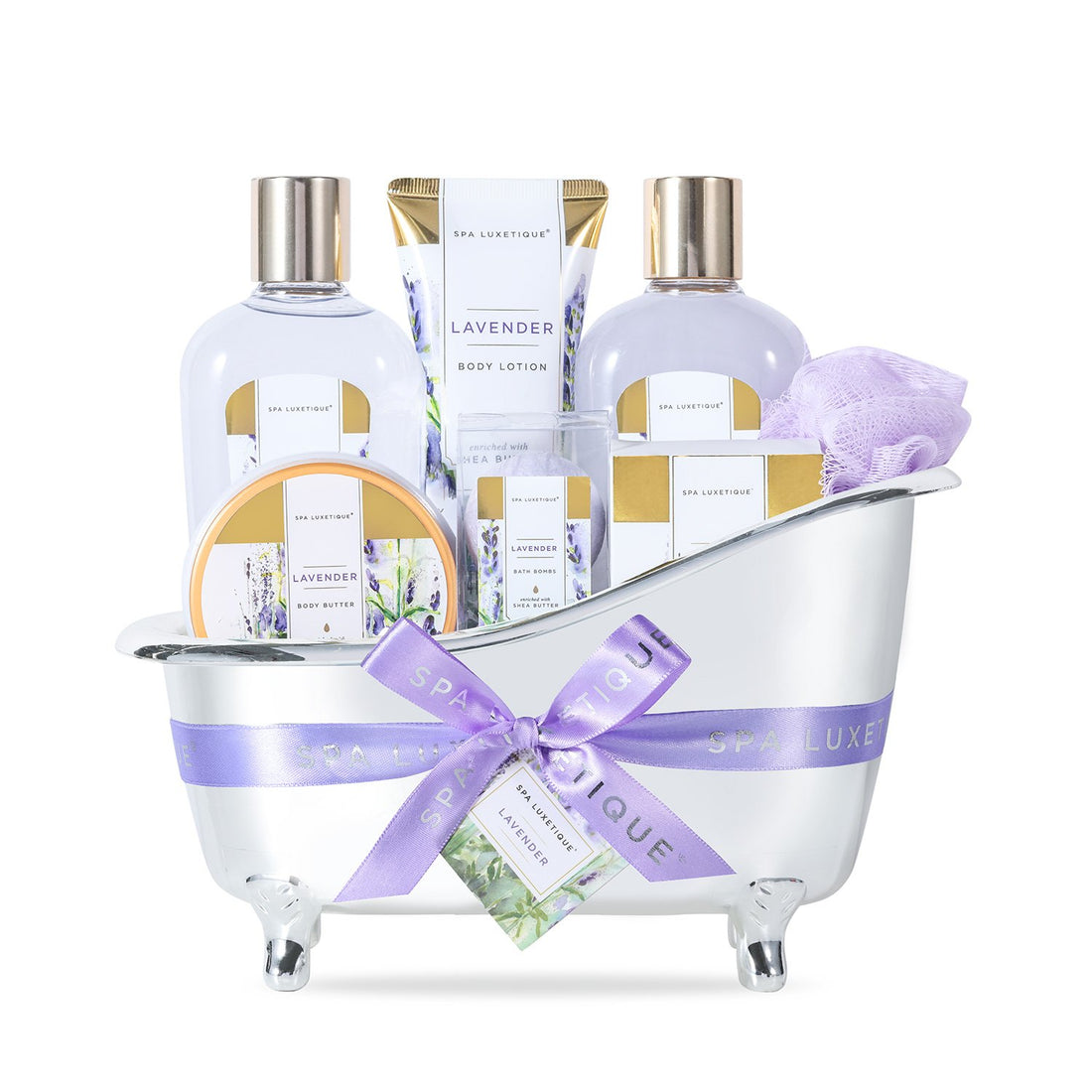 Lavender Spa Bathtub Set
Lavender Spa Bathtub Set- Regular price
-
$45.99 - Regular price
-
$44.99 - Sale price
-
$45.99
-
Lavender Fashion Bath Set Tote
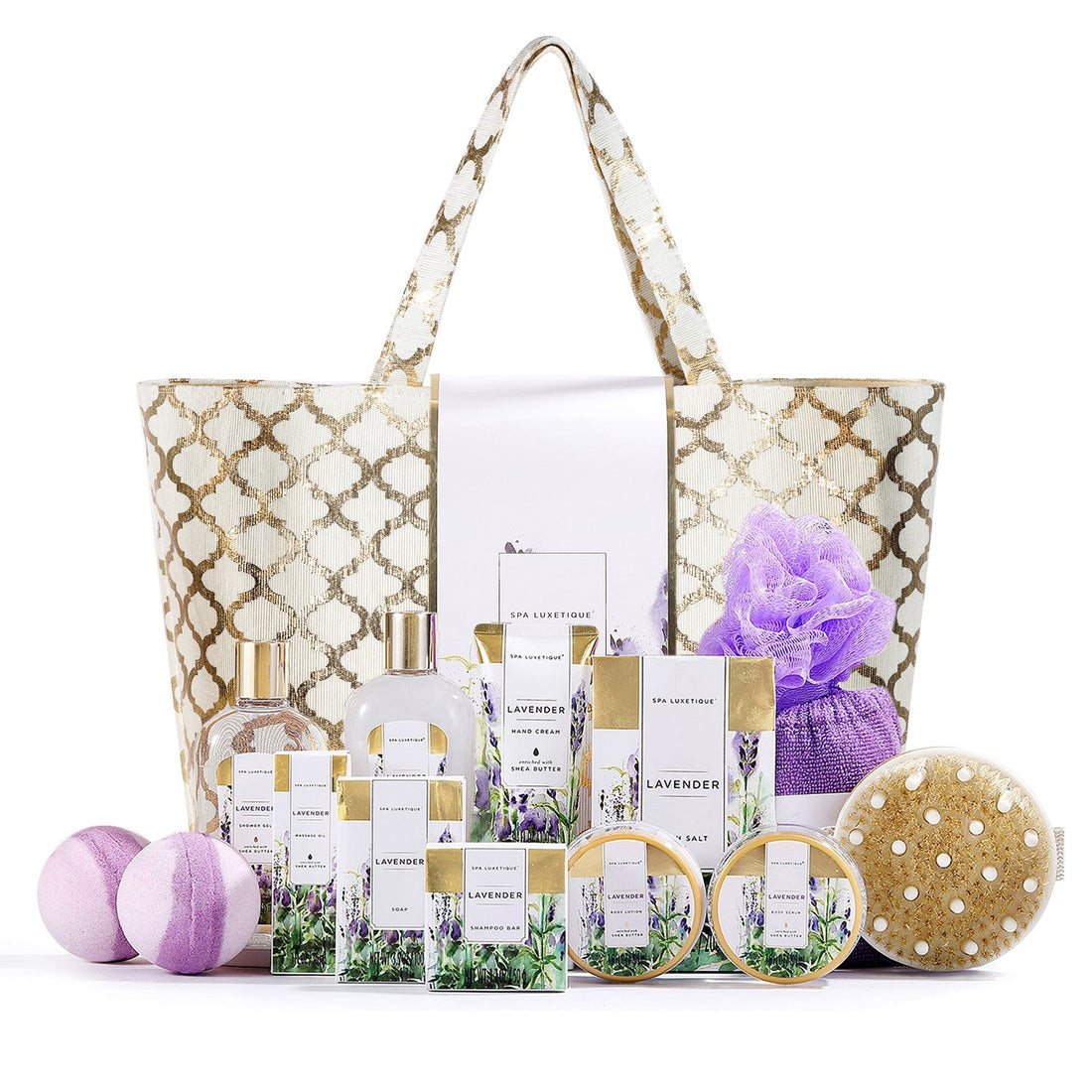 Lavender Fashion Bath Set Tote
Lavender Fashion Bath Set Tote- Regular price
-
$65.99 - Regular price
-
$0.00 - Sale price
-
$65.99
Can You Ingest Blue Tansy Oil?
Essential oils aren't made to be ingested. There are different brands of blue tansy oil out there, but one thing is certain, you shouldn't orally take any brand of pure blue tansy oil.
Also, when buying this oil from retail sellers, check the label to confirm it's not common tansy (Tanacetum vulgare).
As a parent, you need to apply caution when using this oil; keep it away from your children and their food or beverages.
Safety and Side Effects of Blue Tansy Oil
When combined with a carrier oil, blue tansy oil can protect the skin, but it shouldn't be in direct contact with your skin undiluted.
So many essential oils are toxic when ingested, so you are putting yourself at a high risk of consuming them. To be sure you don't have an allergic reaction, test it on a small patch of your skin. If you don't see any signs after 48 hours of use, you can keep using it. The signs to look out for include a rash, discoloration, or a burning sensation.
If you have cancer or any skin disease, speak to your doctor before using blue tansy essential oil.
Using undiluted blue tansy essential oil can cause rashes and irritation on your skin.
Stay clear from Tanacetum annuum if you are breastfeeding, or you can speak to your doctor if you must use it.
Certain aromatherapy practitioners believe in the health benefits of Tanacetum annuum in treating asthma, but some say that it can trigger asthma attacks.
Is Blue Tansy Essential Oil Toxic?
When undiluted, Tanacetum annuum can be a bit harsh on the skin. However, it cannot be classified as toxic because it's safe for aromatherapy.
Also, use a responsible volume when applying directly to your skin.
Is Blue Tansy Oil Safe for Pregnant Women?
Certain precautions need to be taken during pregnancy; usage of essential oils are one of them. After careful review, it's suggested that nursing and pregnant women shouldn't use blue tansy oil. There's limited information on this, and blue tansy should never be confused with Tanacetum vulgare, as the latter is highly toxic.
Is Blue Tansy Safe for Babies?
Blue tansy oil is free of toxic chemicals and can be used for babies. However, you need to talk with your doctor if you must use it.
Does Blue Tansy Oil Stain?
Blue tansy essential oil has a deep blue color and can leave a light stain on fabrics (light-colored clothing), but after a while, it fades away.
Does Blue Tansy Oil Clog Pores?
Blue tansy oil doesn't clog pores because it is effective in treating acne. However, if you notice signs of clogging, you can discontinue use.
What to Consider When Buying Blue Tansy Oil
Blue tansy oil is rare and one of the most expensive essential oils, so you need to have accurate data to learn what sign to look out for so you don't make a mistake purchase.
To ensure you buy the highest grade of blue tansy essential oil;
-
Read the label extensively. Run background research on the brand, watch videos and browse any links you may find listed on the label.
-
Be sure that the botanicals match. The botanical name for blue tansy essential oil is Tanacetum annuum, not Tanacetum vulgare.
-
Be sure that the edition you are going for isn't blended with vegetable oil.
-
Make sure it's packaged in a tinted glass bottle to prolong its life span and effectiveness.
-
Take note of reviews on the brand's page/site, and ask friends for opinions.
-
Ask questions about cost, shipping options, and maybe a discount so that you can save a few bucks.
-
Remember, don't settle for any blue tansy essential oil that isn't blue in color.
-
Shop blue tansy essential oil from only trusted brands, and subscribe to their newsletter, so they can always reach out to you and keep you updated.
What Are Substitutes for Blue Tansy Oil?
If you are unable to find blue tansy essential oil at your local store after your search, you should focus on other substitute essential oils.
Mugwort Oil is the closest substitute to Tanacetum annuum because of its similar features, including its sweet and soothing aroma and numerous health benefits.
Roman chamomile is another close substitute to blue tansy essential oil, which similarly has anti-inflammatory, antioxidant, and antibacterial properties that mimic blue tansy essential oil.
Other essential oils you can use to balance your need for blue tansy oil include rosemary oil, ylang-ylang essential oil, peppermint oil, lavender oil, chamomile oil, and yarrow essential oil.
Conclusion
Different aromatherapy practitioners have evaluated blue tansy oil, and it's now referred to as a positivity oil. When in your feelings, you can add a few drops of blue tansy oil into a steaming bowl of water and inhale gradually; this can bring you a sense of peace and security.
Blue tansy essential oil relies on topical application for its scent to linger for hours. So, to get the best out of this oil, sprinkle little drops around your space or dab a few drops (diluted version) behind your ears.
If you don't feel safe using blue tansy essential oil, ask an unbiased team of experts to put you through and provide you with the answers you need.
In conclusion, blue tansy when applied topically is helpful in treating many health issues, but always speak to your doctor before use.
FAQ
1. Is Blue Tansy Oil Good for Hair?
There's enough evidence to link blue tansy essential oil with excellent hair strength. Blue tansy essential oil supplies blood to the hair follicles to encourage softer strands.
You can mix a drop of blue tansy essential oil into your favorite shampoo and enjoy the calming effects it'll bring while nourishing your hair.
You can use it as a daily hair treatment, diffuse a few drops into your scalp, and massage from the root to the tips of your hair. Leave it in for a few hours before washing off, and enjoy the refreshing radiation of your hair strands.
Peppermint essential oil is commonly used in treating hair dandruff, so you can blend it with Tanacetum annuum to have your own dandruff cure mix.
2. Is Blue Tansy Good for Sleep?
Blue tansy's common constituent helps the body in relaxation and dissipating stress. You can always put a drop or two inside your room, and you'll be sure to have a good night sleep. Alternatively, get a diffuser with blue tansy and place it close to your bed stand before sleeping.
A long soak with drops of blue tansy in your bathtub will calm your nerves and put you at ease.
Blue tansy is a multipurpose oil; research proves it's great for aromatherapy and has a soothing aura that lures you to sleep. You can mix blue tansy with other essential oils like lavender to promote relaxation and manage insomnia.
3. Does Blue Tansy Help with Anxiety?
You can use blue tansy to reduce anxiety and stress by creating a calming feeling every time it's applied. Most people use it to treat agitated depression and even alleviate anger. With a few drops of Tanacetum annuum, its fragrance can target complex feelings and help provide a positive outlet for them.
Those in aromatherapy praise Tanacetum annuum for its calming effects and how it blooms the body. For sensitive skin, apply with caution, and rub only when diluted. If you notice the appearance or sign of a rash during usage, please discontinue use.
4. Is Blue Tansy an Exfoliant?
For skin care, people use Tanacetum annuum as an exfoliant because it helps to slow skin aging and wrinkles. Also, due to its anti-inflammatory effects, it can open up congested pores.
As an anti-allergen, when Tanacetum annuum is used for exfoliating purposes, it gives the skin a sweet, natural after look. Creating an exfoliant using blue tansy helps reduce redness, kills off bacteria on the skin, and treats acne-prone skin.
Sources
-
Hye Ja Lee, Eun-A Hyun, Weon Jong Yoon, Byung Hun Kim, Man Hee Rhee, Hee Kyoung Kang, Jae Youl Cho, Eun Sook Yoo (2006). In vitro anti-inflammatory and anti-oxidative effects of Cinnamomum camphora extracts. DOI: https://doi.org/10.1016/j.jep.2005.08.009
-
Susan Kunnas, Janna Limatainen, Anna Liisa Valimaa, Risto Korpinen (2021). Essential Oils and Supercritical CO2 Extracts of Arctic Angelica (Angelica archangelica L.), Marsh Labrador Tea (Rhododendron tomentosum) and Common Tansy (Tanacetum vulgare). Nov 25
-
Yanzhuo Jia, Junbo Zou, Yao Wang, Xiaofei Zhang, Yajun Shi, Yulin Liang, Dongyan Guo, Ming Yang (2021). Action mechanism of Roman chamomile in the treatment of anxiety disorder based on network pharmacology. DOI: https://doi.org/10.1111/jfbc.13547
-
F Mohsenzadeh, A Chehregani, H Amiri (2011). Chemical composition, antibacterial activity and cytotoxicity of essential oils of Tanacetum parthenium in different developmental stages. DOI: https://doi.org/10.3109/13880209.2011.556650






